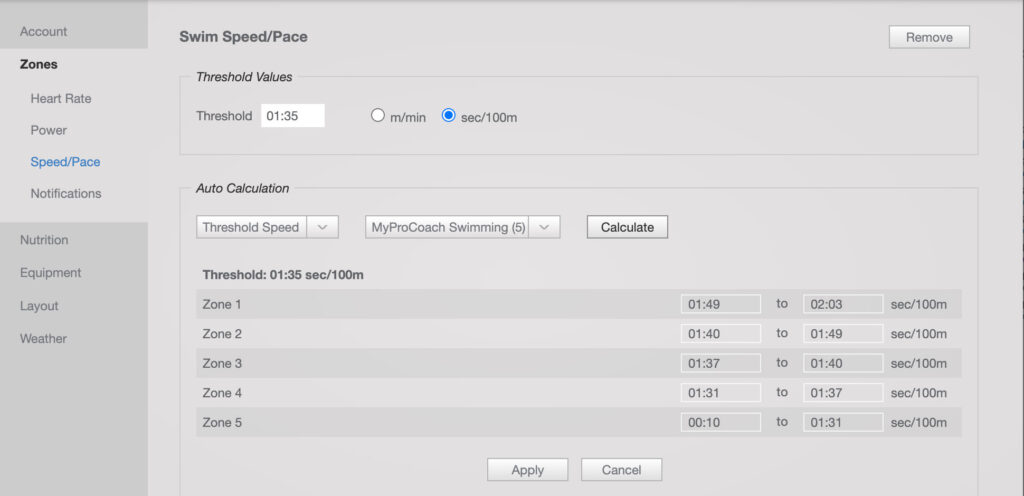Calculating Swim Pace
Swim testing is a key step to help you see how you’re improving and figure out the best speeds for your training. If you only started swimming as an adult or have had a long break, it might feel like you only have one gear – slow or fast. But learning to swim at different speeds is essential for becoming a better swimmer. By doing regular swim tests, you can measure your progress, set goals that make sense, and create a training plan that’s just right for you. Training at various speeds helps you build stamina, get faster, and overcome any performance stalls.
Think of swim testing as unlocking your true potential in the water. These tests give you a clear picture of where you stand and help you track your improvement over time. Setting up pace zones from your test results lets you focus on specific areas that need work, whether it’s building endurance or boosting speed. By mixing up your training speeds, you not only work on your technique and overall skill but also set yourself up for the best possible performance. With a smart, varied approach to training, you’ll see major improvements in your swimming.
Critical Swim Speed Calculator
To calculate your CSS pace from your test, enter your time in each field in minutes and seconds and click calculate. You can enter this time into Training Peaks and make a note of the calculated zones for your future reference, this is helpful to connect pace with Rate of Perceived Effort (RPE).
To update your training zones in Training Peaks, I suggest using the “Threshold Speed” and “MyProCoach Swimming” calculations as shown on the right. This offers a reliable way to determine your training zones, ensuring that you’re working at the right intensity levels. By updating your zones, you’ll be able to tailor your workouts more effectively, optimising your training sessions for better performance and progress.

Looking at each zone more in depth;
Zone 1 (Active Recovery): Enhances recovery, promotes blood circulation, and aids in clearing metabolic waste products.
Zone 2 (Aerobic Base): Builds aerobic endurance, improves stroke technique, and enhances fat burning.
Zone 3 (Tempo): Develops sustainable pace, increases lactate threshold, and improves cardiovascular efficiency.
Zone 4 (Threshold): Enhances anaerobic capacity, improves race-specific speed, and increases tolerance to lactic acid.
Zone 5a (VO2 Max): Boosts maximum oxygen uptake, improves speed endurance, and increases power output.
Zone 5b (Anaerobic Capacity): Develops anaerobic power, increases tolerance to high-intensity efforts, and improves sprinting ability.
Zone 5c (Neuromuscular Power): Enhances explosive power, improves starts and turns, and increases overall swimming speed.
How To Test?
To test your zones I look at 20 minute tough efforts in each discipline to calculate your threshold power, pace and heart rate. It takes some practice and the more you do it the easier it becomes to gauge effort.
I recommend retesting regularly, typically every 4-8 weeks depending on the athlete and their goals. This is a great way to monitor improvements and update your zones so your training progresses along with your updated fitness.
I have a training week available to purchase on Training Peaks for $4.95 using the link below, this will link to your sports watch and Zwift so you can test yourself easily at home.
